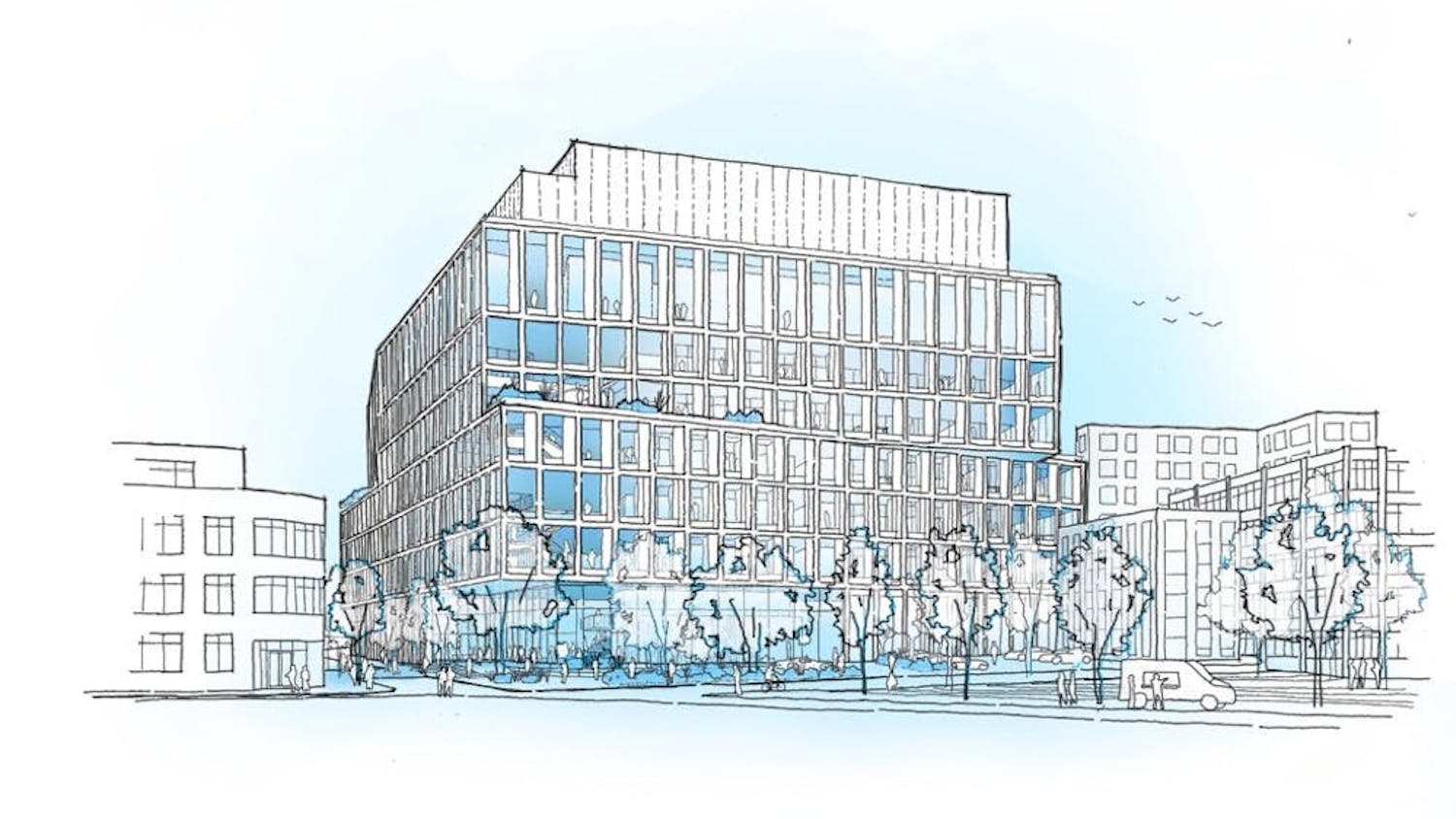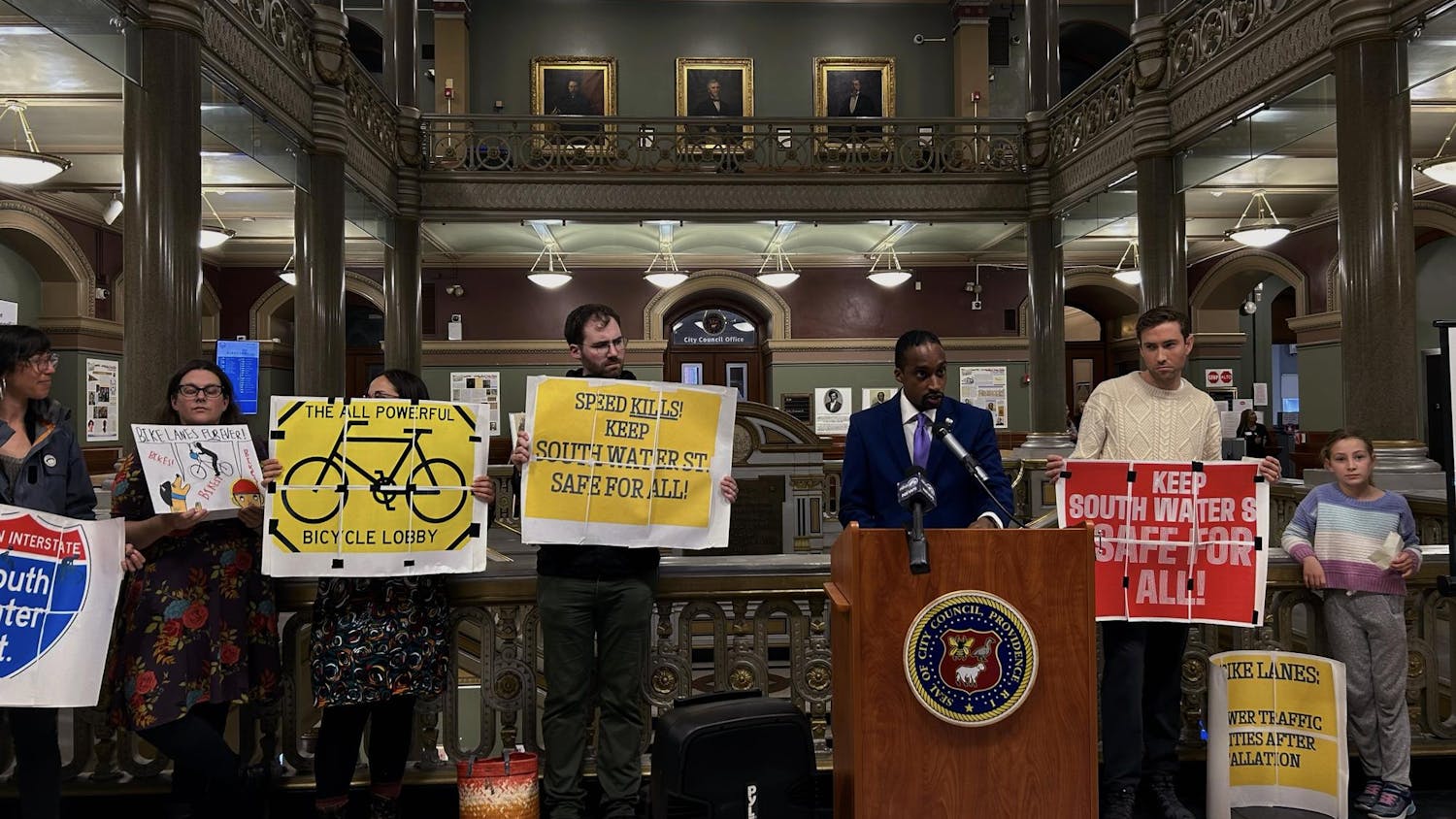The Rhode Island Public Transit Authority recently released two proposed scenarios for sweeping changes to its operations, which will change RIPTA’s 50-plus routes in order to enhance its speed, convenience and ease of use. Services will be redirected from underused lines to routes with higher demand, RIPTA officials said. The adjusted routes have a total of 20 percent fewer stops — a reduction from 5,000 to 4,000, removing stops or lines that few passengers rode, officials said.
RIPTA’s current schedule has “a lot of stops for the number of routes that we have,” said Amy Pettine, director of planning and marketing for RIPTA, adding that the proposed changes aim to consolidate those stops.
Currently, the balance is skewed toward convenience at the expense of speed, and these changes aim to reach a better balance between the two, she said.
The RIPTA Riders Alliance — which attempts to “preserve and expand public transportation in Rhode Island” — fully supports the changes, developed through a Comprehensive Operational Analysis conducted by RIPTA, said Don Rhodes, president of the alliance.
“The goal is not to have any service cuts, not to have any layoffs,” and the analysis does not propose either, he said. “The only thing that we will probably need to do in the future … is (maintain) the condition of the bus stops and (determine) who is going to be responsible.”
The COA proposals are cost-neutral, RIPTA officials said.The proposals are designed to shift resources, not save money or expand services, they added.
An outside team, Nelson and Nygaard Consulting Associates, helped RIPTA examine data records, conduct surveys and administer a market demand analysis, which included connecting with major employers and new businesses to find locations people might be trying to reach and are not currently accessible via public transport.
Though transit organizations typically carry out comprehensive operational analyses every 10 years, RIPTA had never conducted a COA before initiating this effort last May, according to a RIPTA project review sheet.
Some of the proposed changes within RIPTA’s report would affect College Hill routes. Pettine said changes are being considered to add passenger amenities such as a shelter and improved signage at the top of the tunnel on Thayer Street, increased frequency of service on the 42 Hope Street route — which would be consolidated with the 1 Eddy route to become the 1 Hope/Eddy route — and an expansion of the 92 Federal Hill/East Side Trolley route to run later at night and continue on to Rhode Island College.
A high priority for the reallocated resources will be a rapid bus called the R-Line, which will have fewer, more distantly-spaced stops and will run more frequently, Pettine said. RIPTA’s two most frequented routes — 11 Broad Street and 99 North Main/Pawtucket — will unify to create the R-Line from Broad Street to Pawtucket, she said. Merging these lines will help riders avoid present obstacles, such as being denied admission to buses filled to or past capacity, she said.
RIPTA R-Lines will also benefit from traffic signal priority technology that will hold green traffic lights as the bus approaches an intersection to reduce travel time, she added.
Other changes will include establishing time patterns for buses to operate every 10, 15, 20, 30 or 60 minutes, timing buses to coordinate with the commuter rail and merging duplicative segments of routes, according to the report.
Two routes — 8 Jefferson Boulevard and 49 Camp Street/Miriam Hospital — will be discontinued in both proposed scenarios due to low ridership, and route 90S Scituate Park-Ride is slated for elimination in one scenario.
RIPTA collected community input by conducting surveys, holding public meetings and reaching out to the public at locations of high ridership, according to the RIPTA Public Involvement Plan.
Community feedback has mostly been respectful of the transparency of the process and RIPTA’s willingness to consider public opinion, Pettine said. RIPTA has received over 1,000 comments on the two scenarios posted on its website, he added.
According to survey results, most individuals prefer faster service to more stops and improving existing service to expanding to new areas. The majority of the 9,843 respondents said they use RIPTA more than three times per week, and around 40 percent reported annual household incomes of less than $10,000 — the largest income bracket represented on the survey.
RIPTA’s evaluation of services could “give lawmakers confidence in the agency and hopefully reward it with the funding it needs to expand service,” said Abel Collins, the project manager for the Rhode Island chapter of the Sierra Club, the largest and oldest environmental organization in the country.
Barry Schiller, a former member of the RIPTA Board of Directors, said RIPTA should anticipate pushback from any area that will suffer a reduction of service.
Those who will benefit take the changes for granted, but “people who are threatened with losing stuff are very vocal,” he added.
RIPTA does not anticipate any layoffs due to these changes. Fares were not examined in the analysis, though Pettine said five to 10 ticket vending machines may be piloted on rapid bus lines’ stops to allow passengers to pay the fare with a credit card prior to boarding.
RIPTA alters its operations three times a year, in January, June and September, Pettine said.
The COA must go through several more steps before a final plan is determined, including selecting one of the two scenarios and seeking approval from the board of directors, Pettine said, adding that he estimates the changes will be enacted in the next 18 to 24 months.

ADVERTISEMENT




